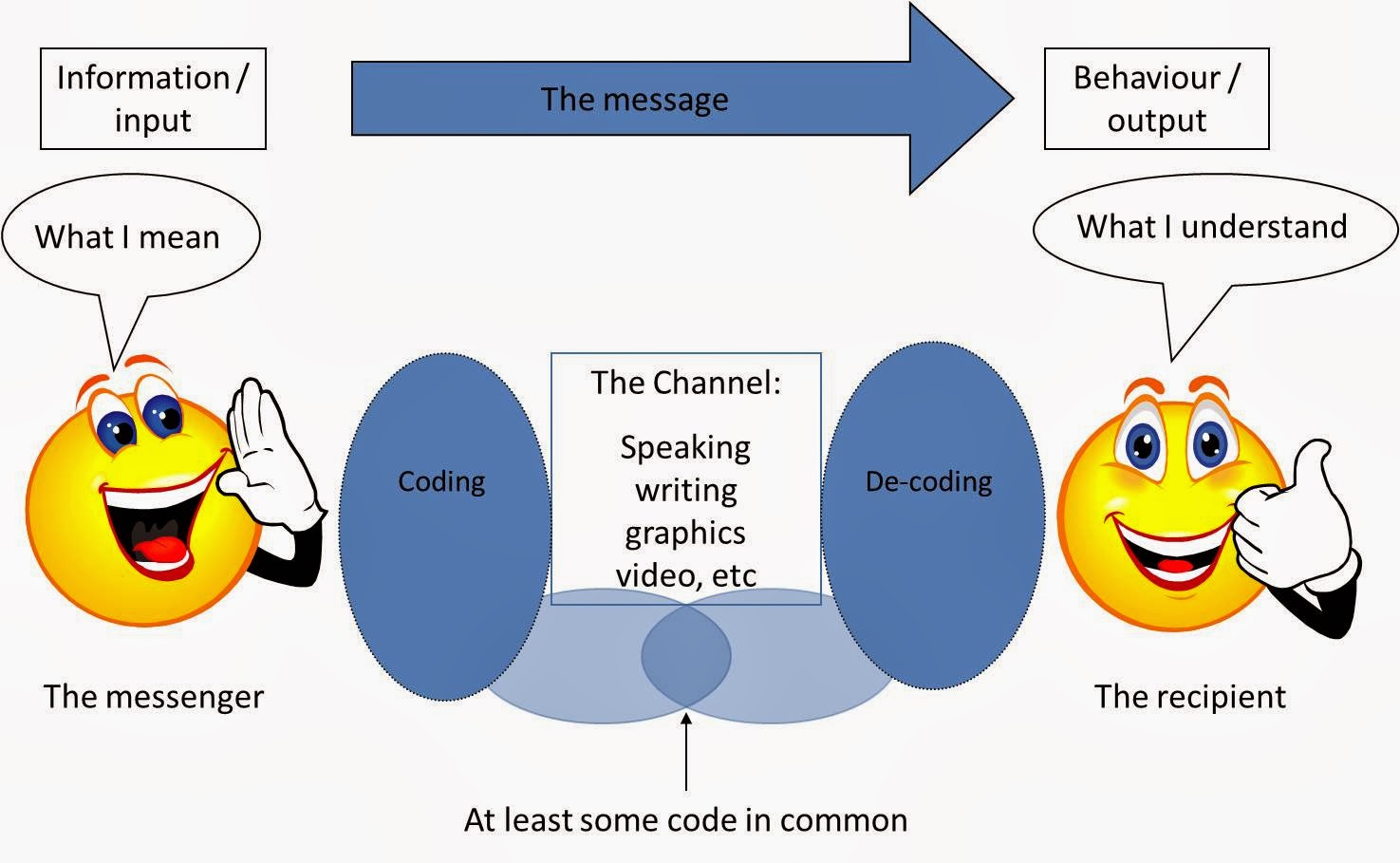E-Learning: Importance and Adaptation
E-learning, or electronic learning, refers to the use of digital platforms and resources to deliver educational content and facilitate learning outside traditional classrooms. It leverages technology to provide remote access to courses, instruction, and learning experiences.
Importance of E-learning
- Accessibility:
- Geographical
Reach: Learners can access
courses from anywhere in the world. For example, a student in India can
take a course offered by a university in the United States through
platforms like Coursera or edX.
- Flexibility:
- Self-paced
Learning: E-learning allows
students to learn at their own pace, which is especially beneficial for
working professionals or those with varying learning speeds. For
instance, platforms like Udemy allow learners to pause and resume courses
based on their schedules.
- Cost-Effectiveness:
- Reduced
Expenses: Online courses often
cost less than traditional education due to lower overhead costs, and
they eliminate commuting expenses.
- Variety of
Courses:
- Diverse
Offerings: E-learning platforms
offer a wide range of subjects and courses, from technical skills like
programming on Codecademy to creative courses like graphic design on
Skillshare.
- Personalized
Learning:
- Adaptive
Learning Technologies:
E-learning platforms can tailor content to the individual needs of
learners. For example, Duolingo adjusts language lessons based on a
user’s performance.
- Interactive and
Engaging Content:
- Multimedia
Resources: E-learning often
includes videos, quizzes, and interactive simulations, making learning
more engaging. Khan Academy, for example, uses videos and exercises to
teach complex subjects.
- Scalability:
- Large
Audience: Institutions can
reach a vast number of students without the need for physical classrooms,
allowing for scalable education delivery.
- Consistent
Quality:
- Standardized
Content: Online courses provide
consistent content delivery, reducing the variability in teaching
quality.
How to Adapt to E-learning
- Set Clear Goals:
- Define
Objectives: Establish what you
want to achieve with e-learning, whether it's acquiring a new skill or
completing a certification.
- Create a
Dedicated Study Space:
- Organized
Environment: Set up a quiet,
organized space to study, free from distractions, to mimic a classroom
environment.
- Develop a
Schedule:
- Time
Management: Allocate specific
times for study and adhere to a routine. Tools like Google Calendar can
help set reminders for study sessions.
- Stay Motivated:
- Self-Discipline: Keep yourself motivated by setting milestones
and rewarding achievements. Platforms like Habitica can gamify your
learning goals.
- Engage with the
Content:
- Active
Participation: Take notes, ask
questions in forums, and participate in discussions to reinforce
learning.
- Use Available
Resources:
- Supplementary
Materials: Make use of
additional resources such as online forums, study groups, and
supplementary materials provided by the course.
- Seek Feedback:
- Instructor
and Peer Feedback: Actively
seek feedback on assignments and progress and use it to improve.
- Utilize
Technology:
- Familiarize
with Tools: Get comfortable
with the digital tools and platforms used in e-learning, such as Zoom for
live classes or Learning Management Systems (LMS) like Moodle.
- Network with
Peers:
- Build
Connections: Engage with fellow
learners to share insights and collaborate on projects, enhancing the
learning experience.
- Monitor Progress:
- Track
Achievements: Regularly review
your progress and adjust your learning strategies if necessary. Platforms
like Coursera provide progress-tracking dashboards.
By understanding its importance and implementing
effective strategies, learners can successfully adapt to e-learning, making the
most of the opportunities it offers.



Comments
Post a Comment